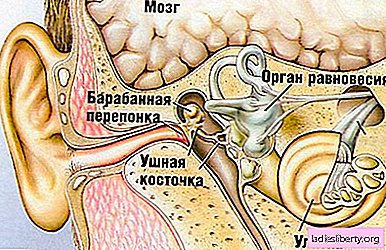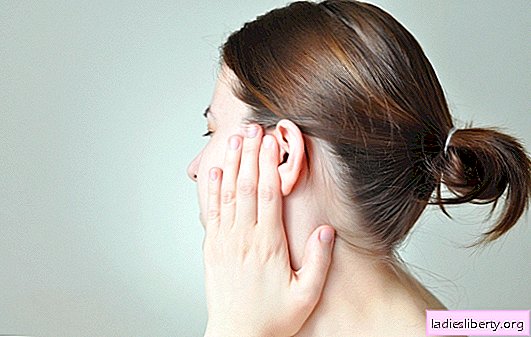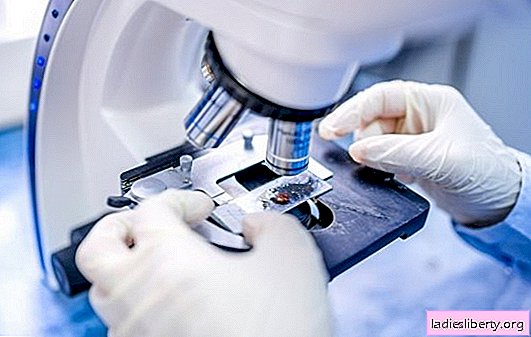
Tooth decay is the most common infectious disease worldwide. According to the World Health Organization (WHO), 99% of adults suffer from tooth decay. Recent studies have revealed that not only bacteria destroy teeth, but also genes.
How is caries transmitted?
Most people become infected with cariogenic bacteria in childhood - when mom or dad licks a spoon during feeding. With thorough oral hygiene, the problem should be eliminated from the world, as many believe.
Nevertheless, there are people who do a lot for their dental health, but are not immune to fillings and crowns. They brush their teeth twice a day for at least three minutes, use floss and do not accept sweets. Others, however, are not very good at oral hygiene and have absolutely healthy teeth.
Researchers at the University of Zurich are now able to prove that mutations in the gene complex responsible for the formation of tooth enamel contribute to the development of caries. Swiss dentists and molecular biologists used mice with various mutations.
Using the Wnt signaling pathway, humans and animals respond to external signals and activate selectively selected genes in the cell nucleus. Gene activation is important for many processes in embryonic development - organ formation. However, in adult cells, this pathway is mostly inactive.
All mice with mutations had enamel defects on their teeth, which demonstrates a direct relationship between mutations and the development of dental diseases. For their research, scientists used modern genetic, molecular and biochemical methods for a detailed study of enamel defects.
It turned out that three specific proteins involved in the Wnt signaling pathway are involved in high-quality tissue cleansing. If the signal transmission does not work properly, the enamel structure may change. Accordingly, the hardness and composition of the enamel are important for maintaining the resistance of the teeth.
Experts have shown that tooth decay is associated not only with bacteria, but also with enamel resistance. Bacteria and their toxic products can more easily penetrate enamel with a less stable structure, which, in turn, leads to carious lesions. Even intensive cleaning does not protect against bad enamel.
Understanding the molecular biology of the development of enamel and the effects of mutations leading to enamel defects opens up new possibilities for the prevention of caries.
Proper cleaning reduces the risk of tooth decay.
The cause of gum tooth disease is plaque. It forms relatively quickly on each tooth. The composition and quantity of the “biofilm” depends on the eating habits and the biological environment in the oral cavity.
If plaque lingers on the surface of the tooth for a longer period of time, the bacteria release harmful substances. They decalcify the substance of the tooth, causing tooth decay and leading to gum disease.
If plaque is not removed regularly and thoroughly, it can penetrate deeper layers. The development of chewing papillae is accompanied by gingivitis, which also occurs in periodontal pockets with hard deposits.
Plaque, stone, or even calculi adhere to the teeth so firmly that they cannot be removed with a simple brushing. Highly discolored plaque often occurs when smoking or drinking coffee.
An optimal toothbrush is a soft toothbrush with short teeth with a straight, small and “multi-layer” bristle field. The bristles should be made of plastic with rounded ends. It is recommended not to use natural bristles, as they have a natural medullary channel in which bacteria accumulate.
Using too hard bristles is not recommended, as this can damage relatively soft dentin. If a person incorrectly brushes his teeth, wedge-shaped defects quickly form on the neck of the tooth.
Do not press the toothbrush too hard on the teeth. Too much pressure can damage the gums and neck of the teeth. The right technique can be demonstrated by the dentist in consultation.











